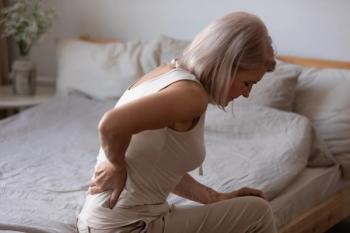
Vitamin D deficiency is significantly associated with lumbar disc degeneration and low back pain among postmenopausal women, according to research from Menopause.

Vitamin D deficiency is significantly associated with lumbar disc degeneration and low back pain among postmenopausal women, according to research from Menopause.
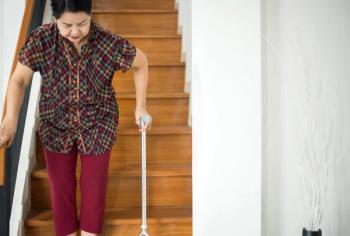
A pooled analysis of fall incidence showed that denosumab may reduce the risk of falls, as well as provide established fracture risk reduction, according a study published in the Journal of Bone and Mineral Research.
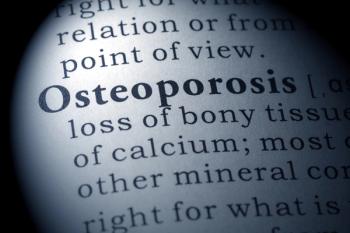
For patients with osteoporosis, drug treatments with bisphosphonates may not reduce overall mortality rates, according to a meta-analysis from JAMA Internal Medicine.
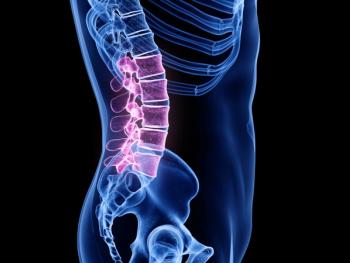
Although both treatments increased lumbar spine bone mineral density (BMD) in a retrospective chart review, denosumab demonstrated a significantly greater effect.
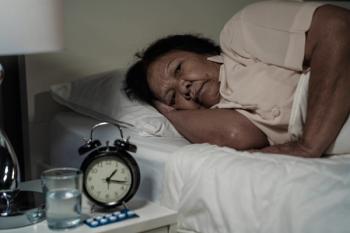
Postmenopausal women who reported 5 hours or less of sleep per night had increased rates of low bone mineral density (BMD) and osteoporosis, according to research from JBMR.
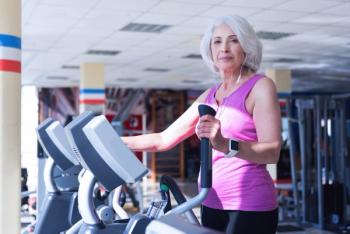
New research from BMC Geriatrics reinforces the importance of pain management and exercise for osteoporotic patients.

A prospective study published in Menopause has found that postmenopausal women who consume the equivalent of more than two 12-oz servings of soft drinks per day are at a significantly higher risk of hip fracture than postmenopausal women who drink less than one serving a day.

The diagnostic capability of diffusion-weighted magnetic resonance imaging (DWI) to assess vertebral marrow changes in postmenopausal women with osteoporosis has been confirmed by a prospective study published in La radiologia medica and it may be a safer alternative to DEXA.

Salivary calcium might be an indicator of osteoporosis in postmenopausal women, according to a prospective study in the Journal of Oral and Maxillofacial Pathology.
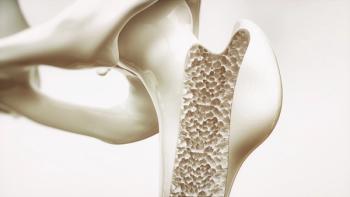
A meta-regression of published trials has concluded that larger improvements in bone mineral density (BMD) via dual‐energy X‐ray absorptiometry (DXA) are associated with greater reductions in fracture risk.

New research explored whether eating more fruit and vegetables per day could decrease risk of fractures.

The findings from a recent study indicate that physicians who prescribe vitamin D to prevent falls in older women may want to reconsider the practice.
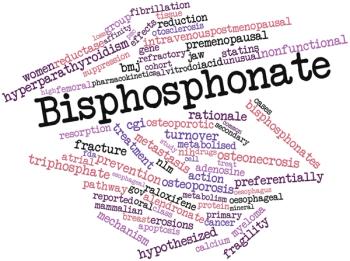
New research aimed to determine whether the association between bisphosphonates and survival is mediated by a reduction in rate of bone loss.
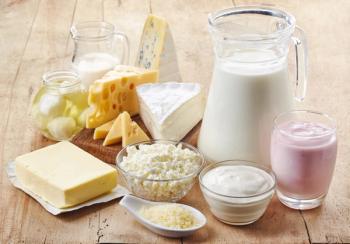
A recent study examined why Puerto Rican adults have a high prevalence of osteoporosis and vitamin D deficiency and what role dairy intake has on BMD.

A meta-analysis explores whether vitamin K should be recommended to postmenopausal or osteoporotic patients.
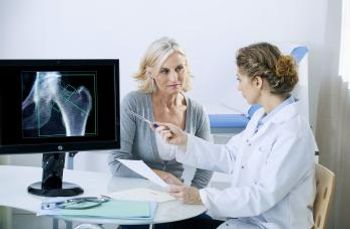
A newly approved drug can significantly reduce the risk of fractures, but it carries a distressing "black box" warning.

As an aging population turns to ob/gyns for wellness exams, more questions are being asked about bone health.
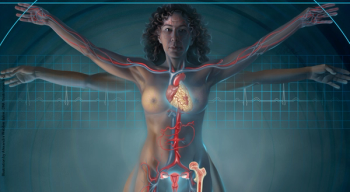
In this interview, editor-in-chief Charles J. Lockwood reviews key changes in guidelines for preventive screening throughout a woman’s lifespan with experts in internal medicine and ob/gyn.

Researchers note that the number of women who annually visit an ob/gyn has steadily declined since 2000. Plus: MAb may reduce risk of fracture in women with osteoporosis. Also, a study shows that postmenopausal hormone therapy is not associated with risk of all-cause, cardiovascular, or total cancer mortality.